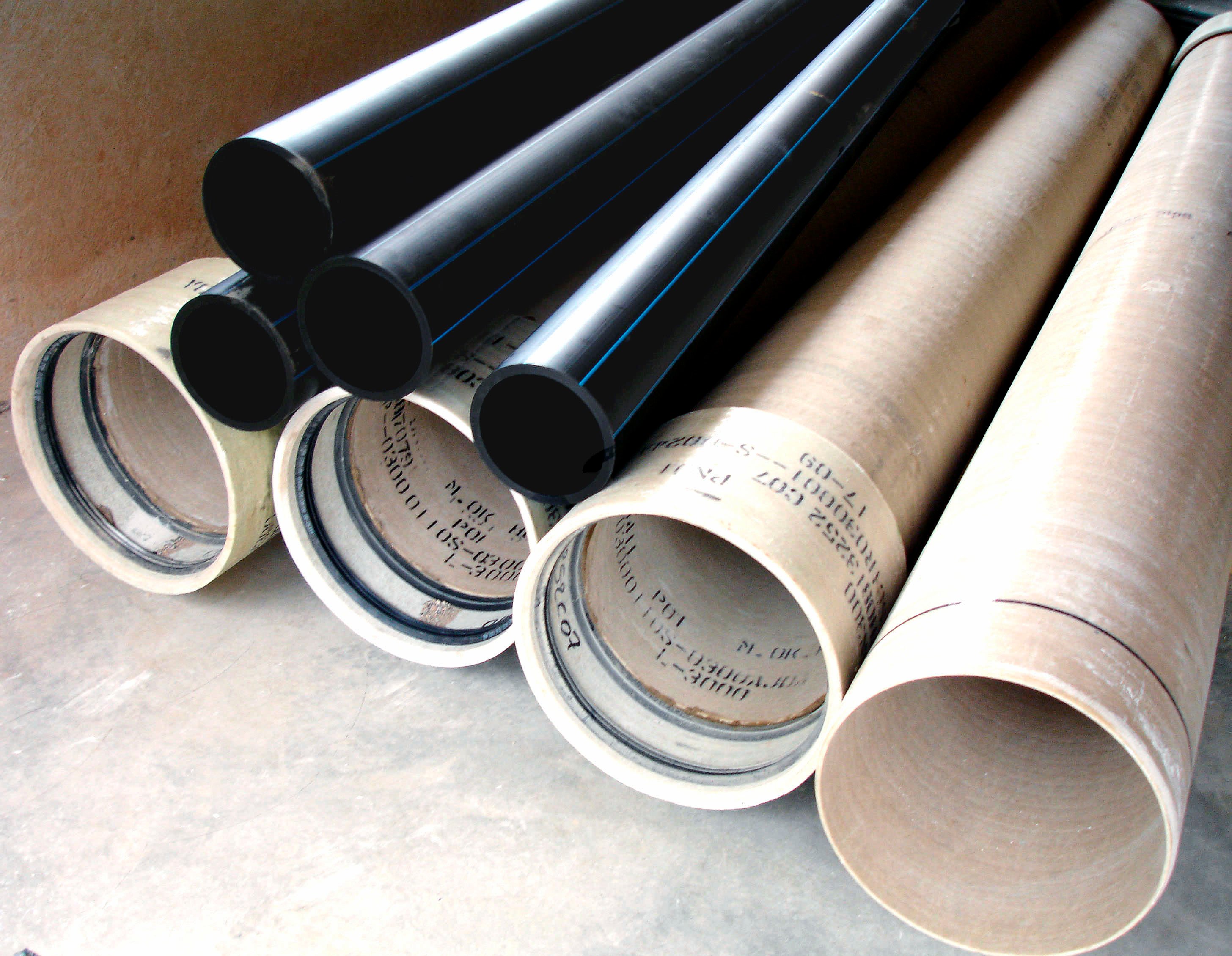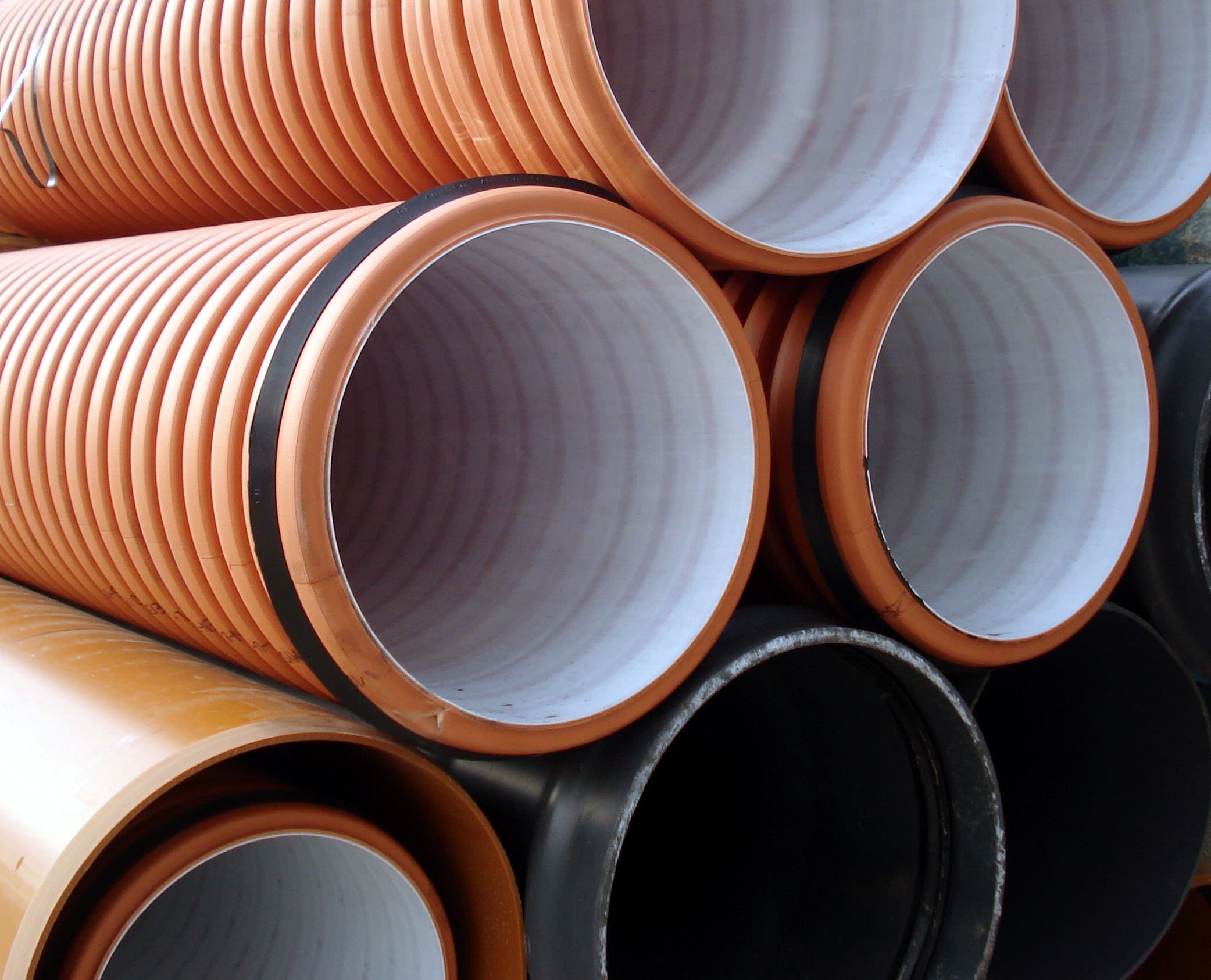Testing plastic materials: plastic pipe standards


The standards concerning plastic pipes are determined by the material used to manufacture such pipe (polyethylene, polypropylene or PVC) and by the function that is going to perform, whether supply or sanitation.
Polyethylene pipes for water supply are regulated by the EN 12201. This standard compiles requirements that this type of pipes should comply with: physical (melt mass-flow rate, oxidation induction time, effect on water quality) and mechanical (elongation at break, hydrostatic resistance).
In pipes and fittings manufactured for polypropylene pipe systems, there is a different regulation depending on its use: supply (EN ISO 15874) or sanitation (EN 1451). This last case corresponds to plastic piping systems for waste discharge (low and high temperature) within the building structure. In the EN 1451 the following characteristics are covered: melt mass-flow rate, longitudinal shrinkage, heat performance and impact resistance.
For polypropylene pipe systems intented to supply uses, EN ISO 15874 establishes the geometrical, physical (opacity, longitudinal shrinkage, melt flow index, impact resistance, and thermal stability by hydrostatic pressure testing) and mechanical characteristics (hydrostatic resistance) which polypropylene pipe systems must comply with.
Finally, regards to PVC pipes, there are four standards regulating supply pipes:
- EN 15877 (plastic piping systems for hot and cold water installations, PVC-C).
- UNE-ISO 16422 (PVC-O pipes and joints for the conveyance of water under pressure).
- EN ISO 1452 (plastic piping systems for water supply and for buried drainage and sewerage under pressure, PVC-U).
PVC pipes for sanitation are regulated by the standards:
- EN 1401 (plastics piping systems for non-pressure underground drainage, PVC-U).
- EN 1329 (plastic piping systems for wastewater discharge within the building structure PVC-U).
- EN 1453 (plastic piping systems with structured-wall pipes for water discharge inside buildings, PVC-U).
- EN 13476 (plastics piping systems for non-pressure underground drainage and buried sewerage. PVC-U, PP and PE structured-wall pipe systems).
AIMPLAS is the Spanish center with the largest number of accredited tests for the plastics industry according to ISO/IEC 17025 and it disposes of the resources needed to ensure the compliance of pipes with the regulation.

